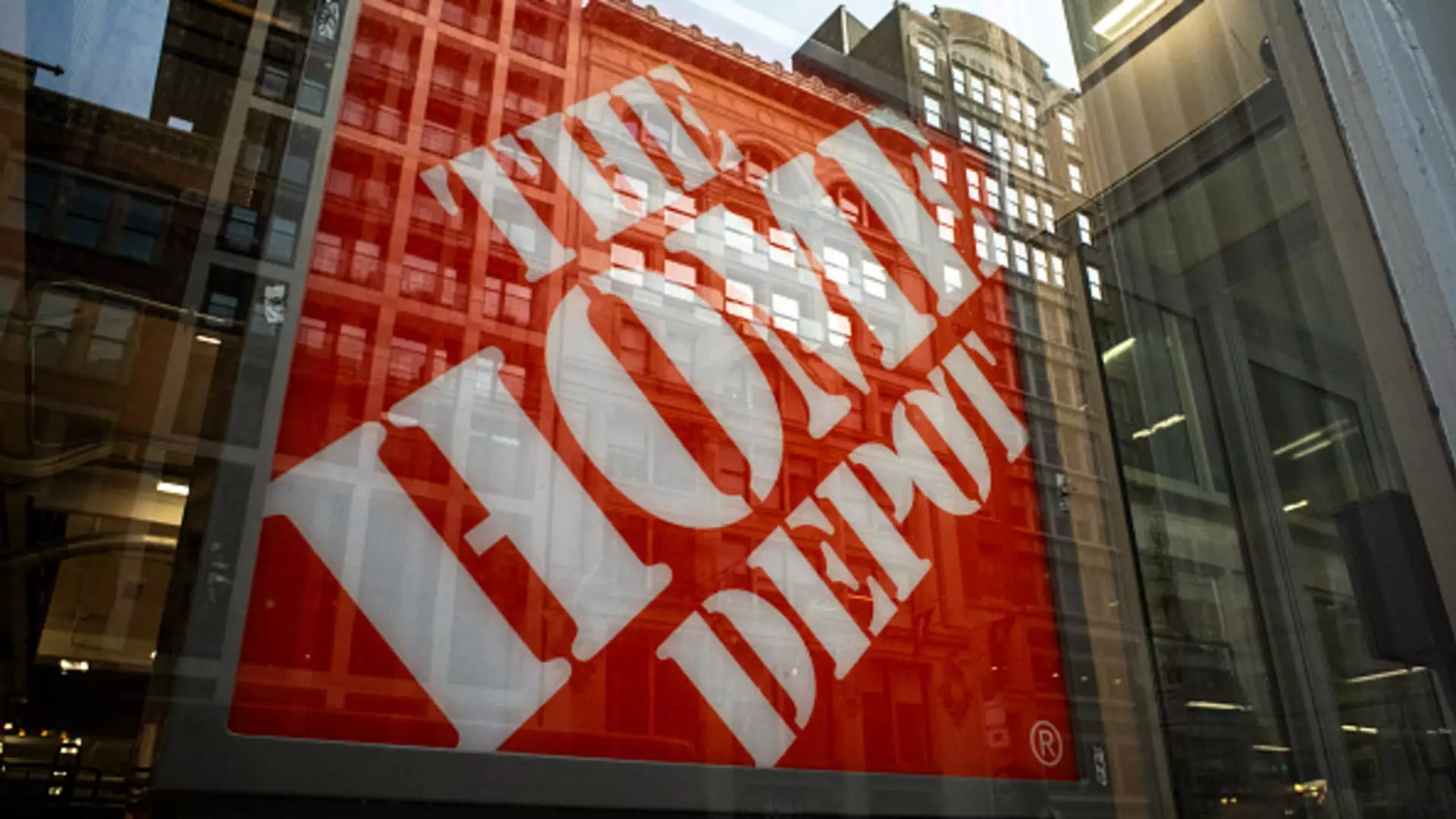In the relentless dance of financial markets, dramatic swings often cast a shadow of panic and uncertainty. Yet, beneath the surface of daily volatility lies an unacknowledged truth: short-term declines can serve as an important indicator of economic strength and potential. When stocks like Nvidia tumble nearly 3% or Palantir shed more than 7%, many see weakness. But in reality, these dips represent healthy corrections—a natural response to aggressive growth and profit-taking in a robust economic environment. Investors with a nuanced perspective recognize that such movements are not signs of systemic failure but rather critical adjustments that maintain market equilibrium. By resisting the impulse to panic, they harness these fluctuations as opportunities to evaluate growth prospects and reinforce long-term strategies.
Executing Strategic Rebalancing Amid Glitches
The recent shifts within various sectors exemplify how market corrections can refine investment portfolios. For instance, the sharp decline in Viking Therapeutics’ stock—down 42%—after disappointing trial results could seem catastrophic. However, this may also signal that the market is correcting overextended valuation for a biotech unready to deliver on short-term promises. Contrarily, companies like Target Hospitality, bolstered by upgrades and a bullish outlook, exemplify resilience and adaptability. Upgrades from analysts and reclassification from hold to buy reflect an underlying confidence in their growth trajectory. This knowledge allows investors to reposition their portfolios towards companies with stronger fundamentals, recognizing that temporary setbacks are often precursors to future gains. It’s a reminder that market dynamics favor those who maintain discipline and look beyond momentary setbacks to find genuine value.
Understanding Sector Rotation and Momentum Shifts
Tech giants, crypto stocks, and traditional industries are experiencing a kind of rotational dance driven by macroeconomic data, investor sentiment, and geopolitical factors. The decline in semiconductor stocks such as AMD and Intel, after a period of exceptional growth, reflects a natural cooling-off rather than a collapse. Intel’s $2 billion influx from SoftBank illustrates confidence in the company’s future, even as share prices fluctuate. Meanwhile, cybersecurity firms like Palo Alto Networks demonstrate that strong earnings and guidance can lift stocks despite broader market turbulence. Recognizing these patterns is essential; markets do not move in straight lines. Smart investors interpret these fluctuations as opportunities to deepen positions in quality assets or to avoid overexposure to sectors undergoing temporary corrections. This cyclical understanding is central to practicing center-right liberalism, balancing free-market optimism with cautious prudence.
The Contrarian Advantage of a Center-Right Investment Philosophy
From a center-right perspective, market dips are not merely harbingers of recession or failure; they reaffirm the importance of a disciplined, value-oriented approach. By filtering out the noise of daily price swings, investors can stay focused on fundamental strength—be it steady revenue growth, strategic investments, or resilient business models. The rise in companies like Best Buy, leveraging new initiatives to expand their market, underscores how innovation and strategic positioning buffer against downturns. Furthermore, the market’s reaction to geopolitical events, such as U.S. considerations of investing in Intel, illustrate the importance of strategic geopolitical positioning—aligning with a pragmatic, center-right view that promotes free enterprise supported by informed policymaking. This perspective does not disparage short-term market corrections but recognizes their role in facilitating healthier, more sustainable growth.
The Critical Role of Confidence and Long-Term Vision
While daily market movements can induce anxiety, seasoned investors understand that confidence rooted in long-term vision is paramount. The fact that stocks like Home Depot and Xpeng continue their upward momentum despite some earnings misses demonstrates resilience fueled by strategic outlooks and innovation. These companies exemplify the core belief that market corrections are opportunities for reassessment rather than signals of impending doom. Investors aligned with a center-right stance often advocate for policies that foster innovation, entrepreneurship, and fiscal responsibility. They view dips as essential periods to reinforce confidence in their holdings, whether by doubling down or patiently awaiting the next upward cycle. This outlook champions resilience, recognizing that genuine market strength emerges not in the absence of correction but through its disciplined management.
This analysis underscores that frequent short-term setbacks are integral to a healthy market ecosystem. While sensational headlines may emphasize crashes and failures, the true power of markets lies in their ability to adapt, correct, and reset—ultimately supporting the long-term economic vitality so highly prized in center-right liberalism.

